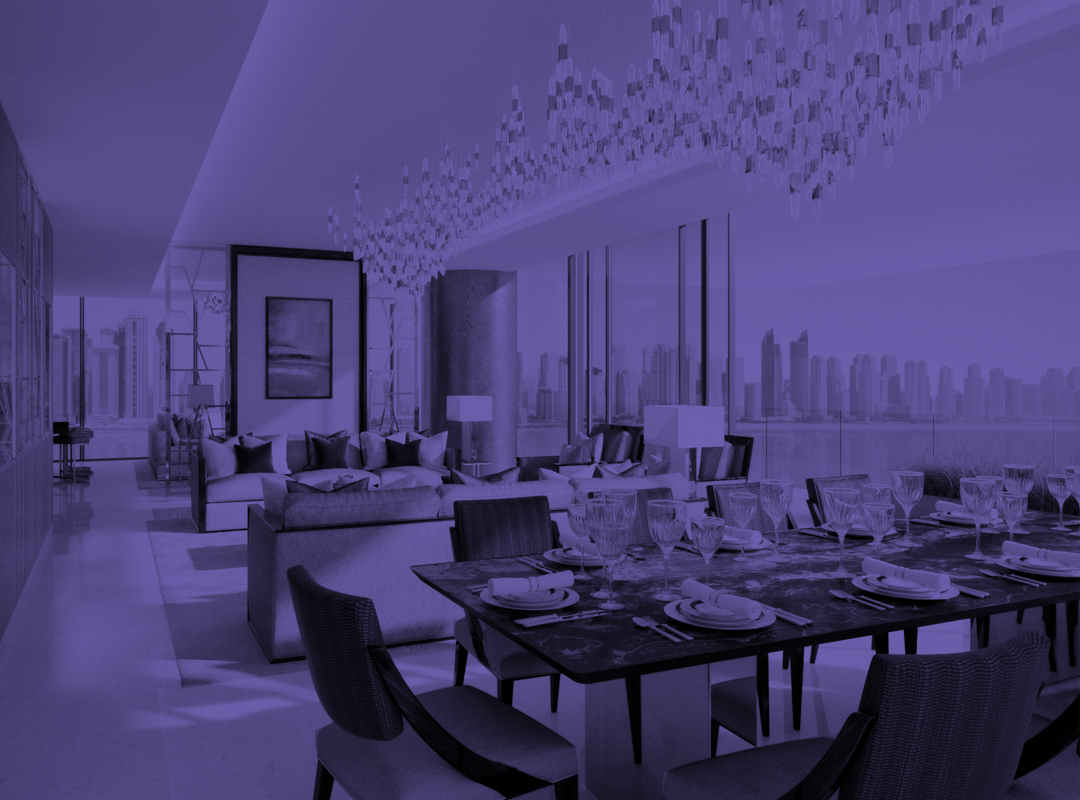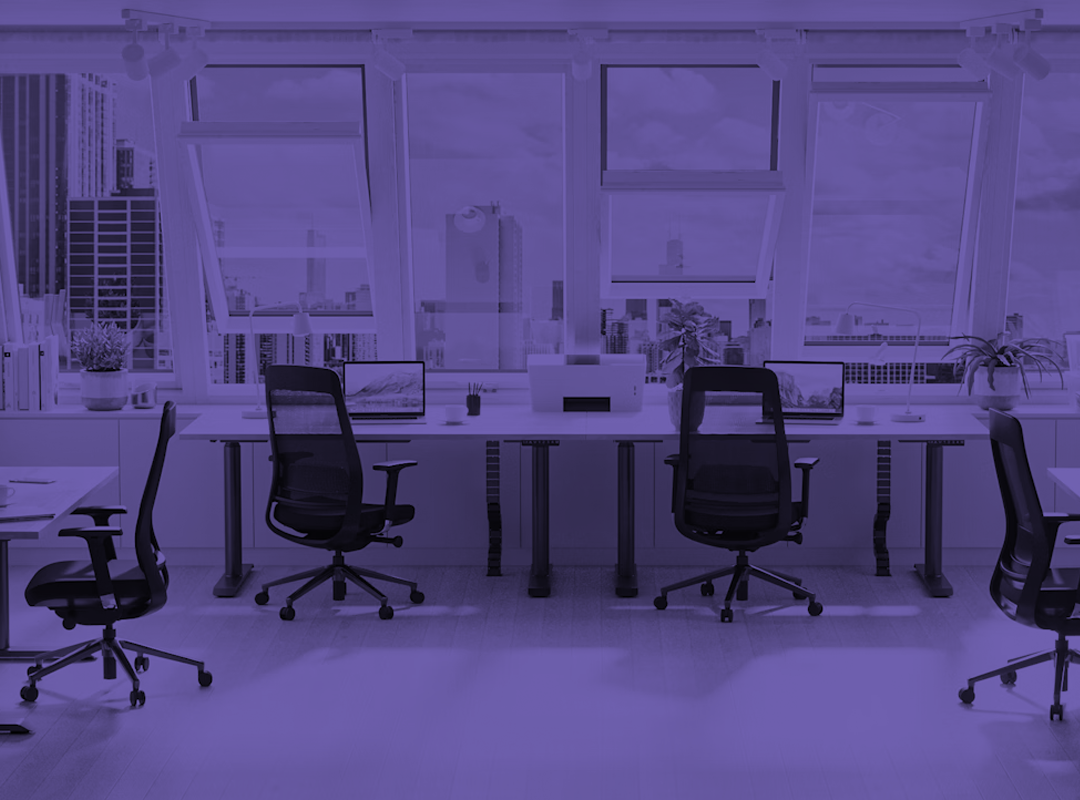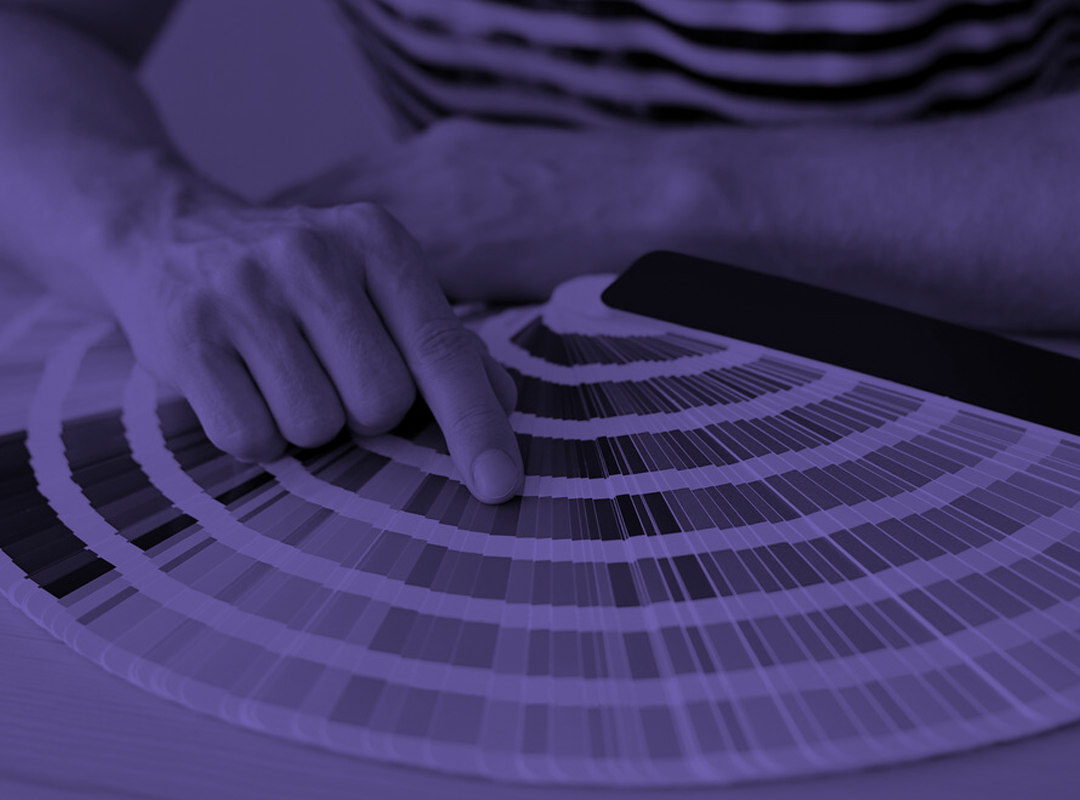The concept of office design is entering a new phase shaped by rapid technological advances. Smart workspaces powered by innovations such as the Internet of Things, artificial intelligence, and immersive digital tools are replacing traditional layouts. These environments are no longer limited to physical comfort – they are designed to adapt, respond, and evolve to meet employee needs, placing flexibility, efficiency, and well-being at the center of workplace planning.
One of the most noticeable changes is the rise of hybrid work. As more teams split their time between remote and in-person work, offices must support both seamless collaboration and individual focus. Modular furniture, adaptive areas, and technology-enabled conference areas allow companies to maximize space while supporting a variety of working styles. Interactive screens, digital whiteboards, and cloud platforms ensure constant communication between distributed teams.
The integration of intelligent systems is transforming the daily work of offices. IoT sensors monitor environmental conditions such as temperature, lighting, and occupancy, making real-time adjustments to improve comfort and energy efficiency. AI technologies automate scheduling, personalize workspace settings, and reduce routine manual tasks, freeing up time for more valuable work. Wireless communication tools and virtual conference spaces enable real-time brainstorming.
Sustainability is now a key factor in modern office planning. Companies are implementing energy-efficient lighting, water-saving appliances, and recycled materials to reduce their environmental impact. Smart systems do their part by tracking usage and optimizing consumption, helping offices reduce their carbon footprint without sacrificing productivity.
Beyond productivity, smart workspaces improve security. Biometric access control and intelligent surveillance systems enhance safety.
Design and technology are now closely intertwined. Seamless integration of technology—from invisible sensors to adaptive lighting—ensures that innovation supports, rather than overwhelms, the workspace.
The future of office design is the integration of smart technology with sustainable practices and a strong focus on user experience.


